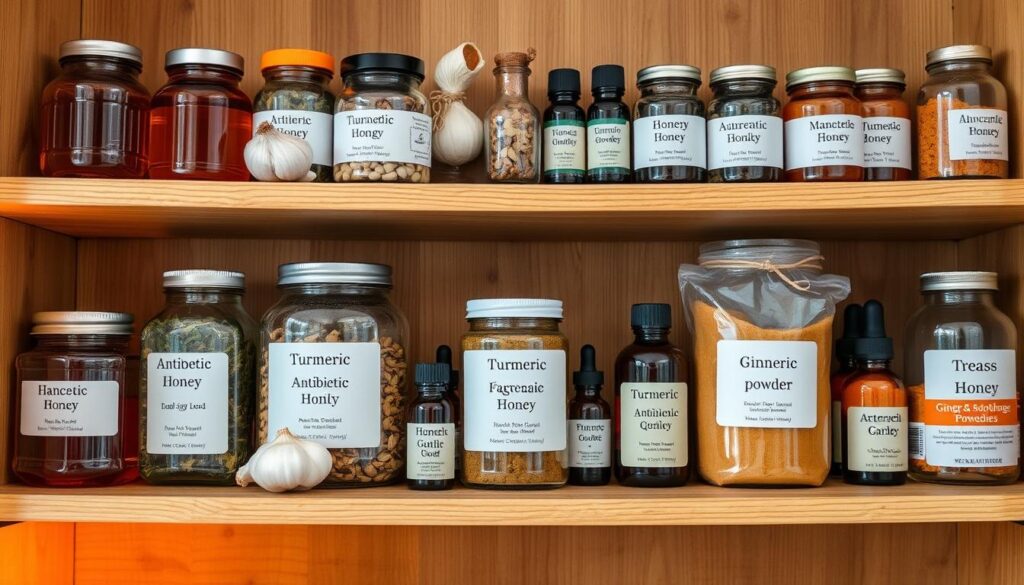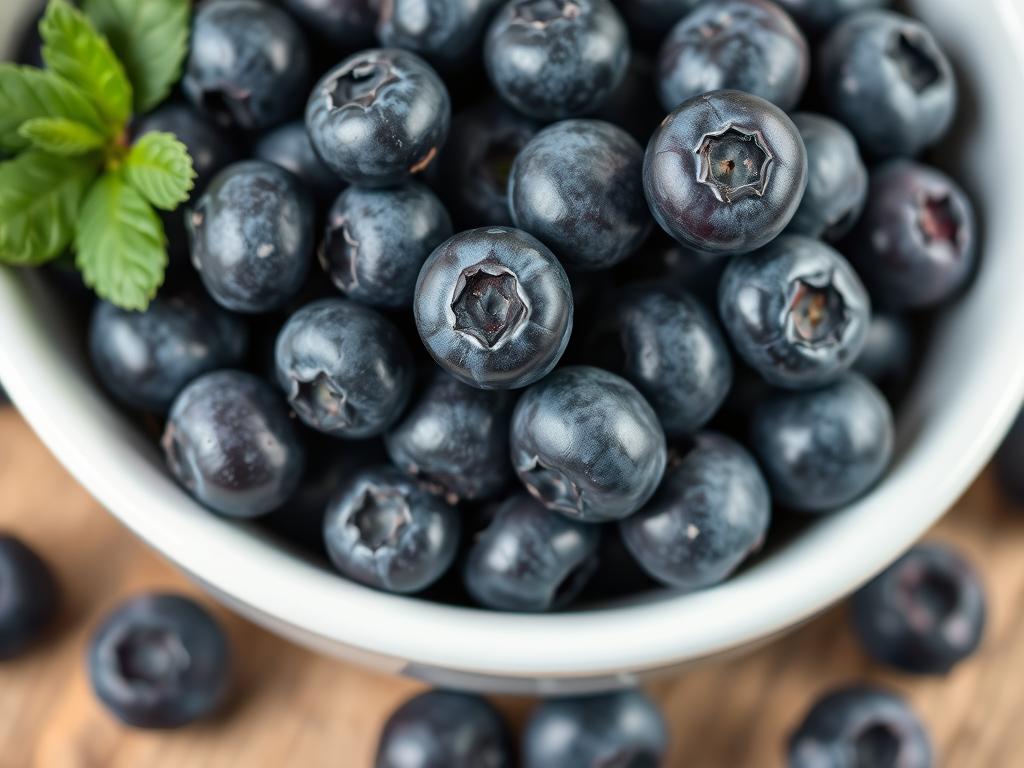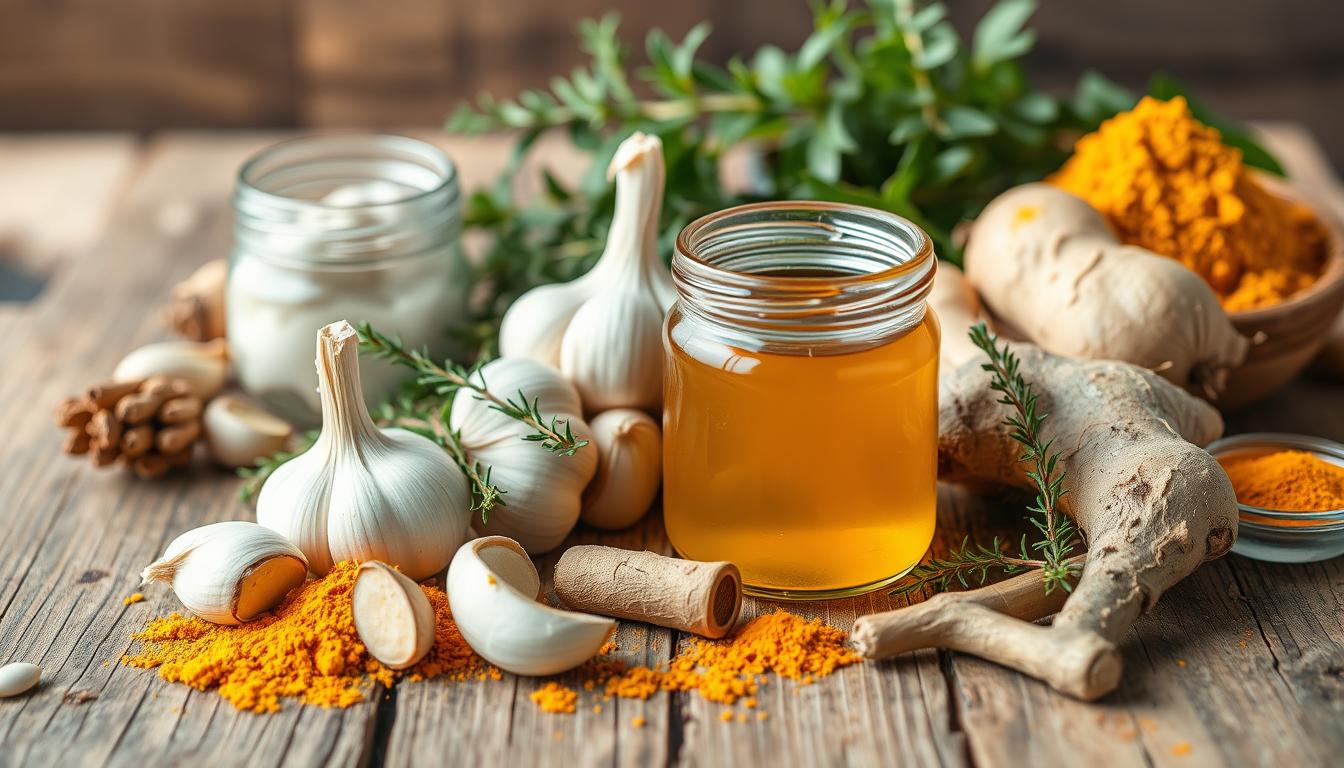
The growing concern over antibiotic resistance has sparked renewed interest in natural antibiotic alternatives. These remedies, many used for centuries across different cultures, offer potential support for the immune system and may help prevent or address certain infections. While conventional antibiotics remain essential for serious bacterial infections, understanding natural options can provide complementary approaches to maintaining health.
What Are Natural Antibiotics?
Natural antibiotics are substances found in nature that possess antimicrobial properties capable of killing bacteria or inhibiting their growth. Unlike synthetic antibiotics, these natural alternatives often contain multiple compounds that work together to combat pathogens while potentially offering additional health benefits.
Many plant extracts, essential oils, and certain foods demonstrate antibiotic properties. For instance, some food and vegetable extracts can prevent bacterial growth both in food preservation and within the human body. These natural options have been utilized across cultures for generations before modern medicine developed synthetic alternatives.
While natural antibiotics can be beneficial for minor issues, they should not replace prescribed medication for serious infections. Always consult with a healthcare professional before using natural remedies, especially if you’re currently taking other medications.
8 Scientifically-Backed Natural Antibiotic Remedies
1. Honey
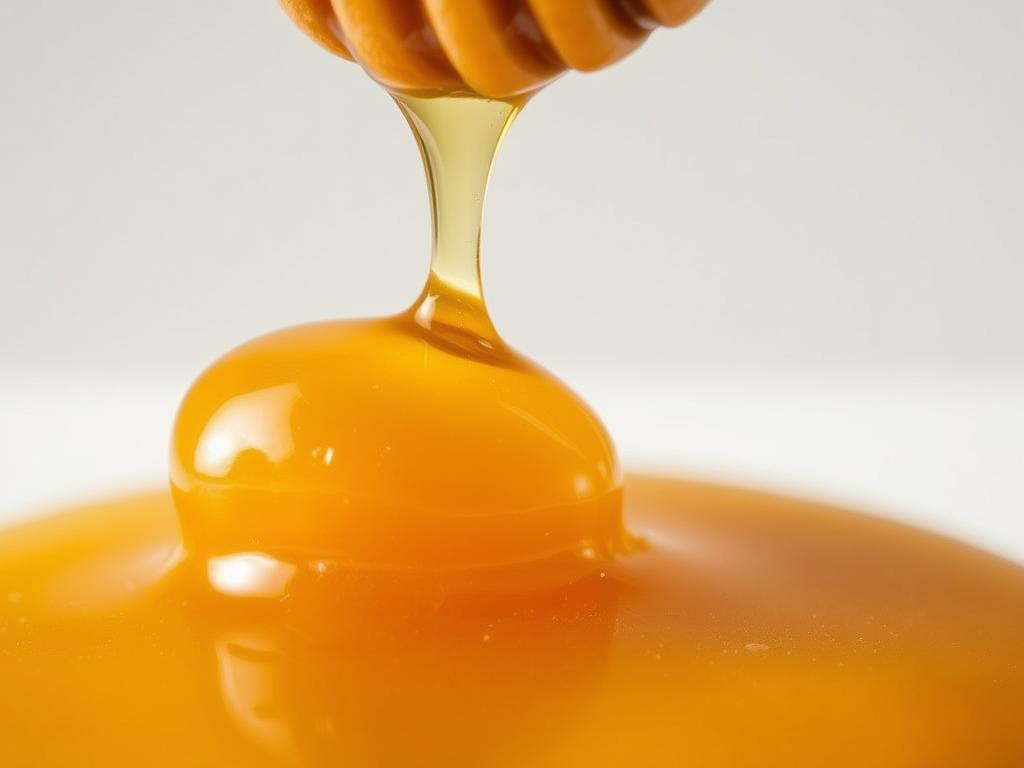
Honey stands as one of the oldest known natural antibiotics, used since ancient Egyptian times for wound healing and infection prevention. Its antibacterial properties stem from multiple factors: hydrogen peroxide content, high sugar concentration that creates osmotic pressure, and a naturally low pH level that inhibits bacterial growth.
Raw Manuka honey from New Zealand shows particularly strong antimicrobial activity due to its high concentration of methylglyoxal. A 2021 review noted that honey’s antimicrobial components can effectively combat various bacteria, including some antibiotic-resistant strains.
How to use:
- Apply directly to wounds or infected areas (for external use)
- Take 1-2 tablespoons daily, either straight or mixed in warm herbal tea
- Use as a base for herbal syrups to treat coughs and sore throats
Important: Never give honey to infants under 12 months due to the risk of infant botulism.
2. Garlic
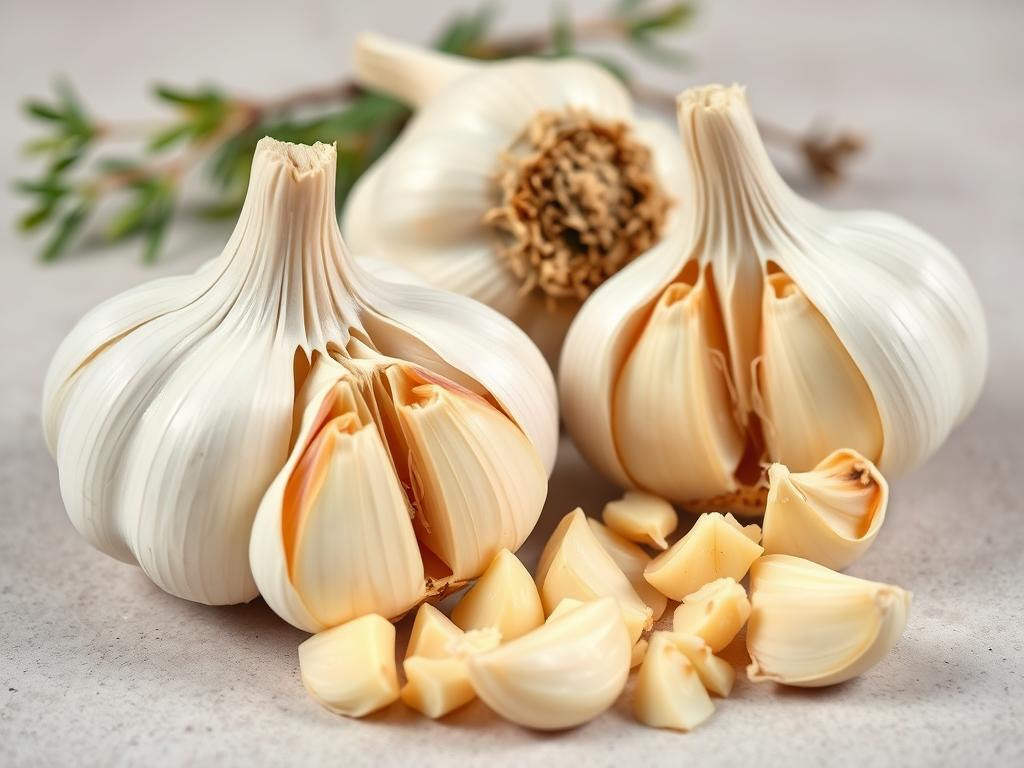
Garlic has been revered across cultures for its powerful medicinal properties. Its antibacterial effects come primarily from allicin, a compound released when garlic is crushed or chopped. This organosulfur compound has demonstrated effectiveness against a wide range of bacteria, including some drug-resistant strains.
A 2021 review concluded that the organosulfur compounds in garlic are effective against both gram-positive and gram-negative bacteria, making it a versatile natural antibiotic. Research suggests garlic may also boost immune function and provide antiviral benefits.
How to use:
- Consume 1-2 raw garlic cloves daily (crushing or chopping activates allicin)
- Create garlic-infused oil for topical application (not for internal use)
- Add freshly minced garlic to foods near the end of cooking to preserve active compounds
Garlic can interact with blood-thinning medications. Consult your healthcare provider before using garlic supplements if you take prescription medications.
3. Oregano Oil
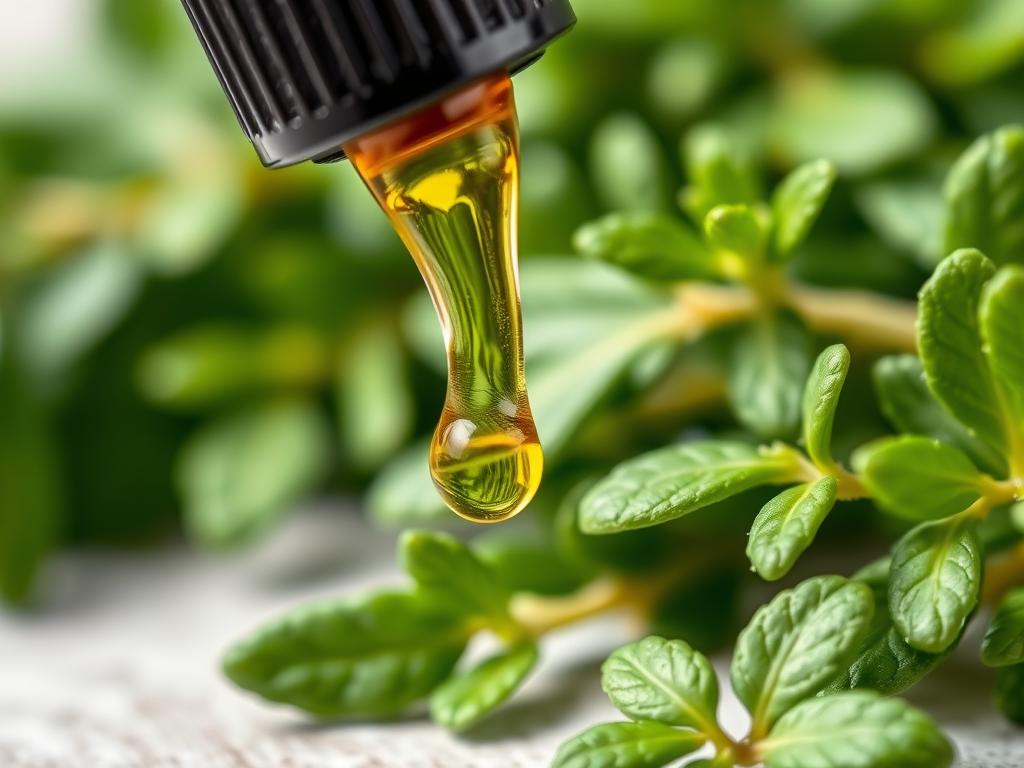
Oregano essential oil contains carvacrol and thymol, compounds with potent antimicrobial properties. These components can disrupt bacterial cell membranes, effectively killing or inhibiting their growth. A 2022 review noted that oregano oil may be effective against various bacteria, including some antibiotic-resistant strains.
Beyond its antibacterial effects, oregano oil demonstrates antifungal and antiviral properties. Research indicates it may help reduce inflammation and support respiratory health, making it particularly useful for sinus and respiratory infections.
How to use:
- Dilute 2-3 drops in a carrier oil (such as coconut or olive oil) for topical application
- Add 1-2 drops to a diffuser for respiratory support
- For internal use, only use oil of oregano products specifically labeled for internal consumption, following package directions
Never apply undiluted essential oils directly to skin. Oregano oil is particularly potent and can cause irritation if not properly diluted.
4. Ginger
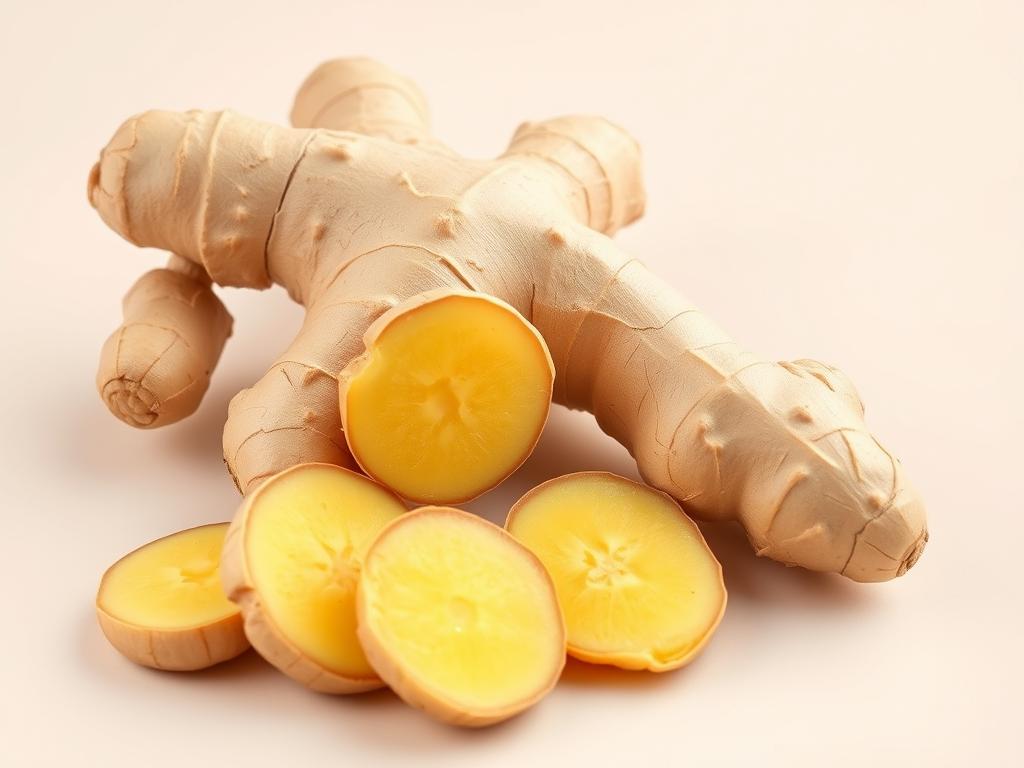
Ginger contains several bioactive compounds, including gingerols and shogaols, that exhibit antimicrobial activity. These compounds can inhibit the growth of various bacteria, including some that cause foodborne illness. A 2019 review highlighted ginger’s antibacterial, antioxidant, anti-inflammatory, and anticoagulant properties.
A 2022 study found that ginger effectively inhibited several oral bacteria, including Streptococcus mutans and Staphylococcus species. Beyond its antimicrobial effects, ginger aids digestion and may help reduce nausea and inflammation.
How to use:
- Prepare fresh ginger tea by steeping sliced ginger in hot water for 10-15 minutes
- Add freshly grated ginger to foods and smoothies
- Create a ginger compress by applying grated ginger wrapped in cheesecloth to affected areas
5. Echinacea
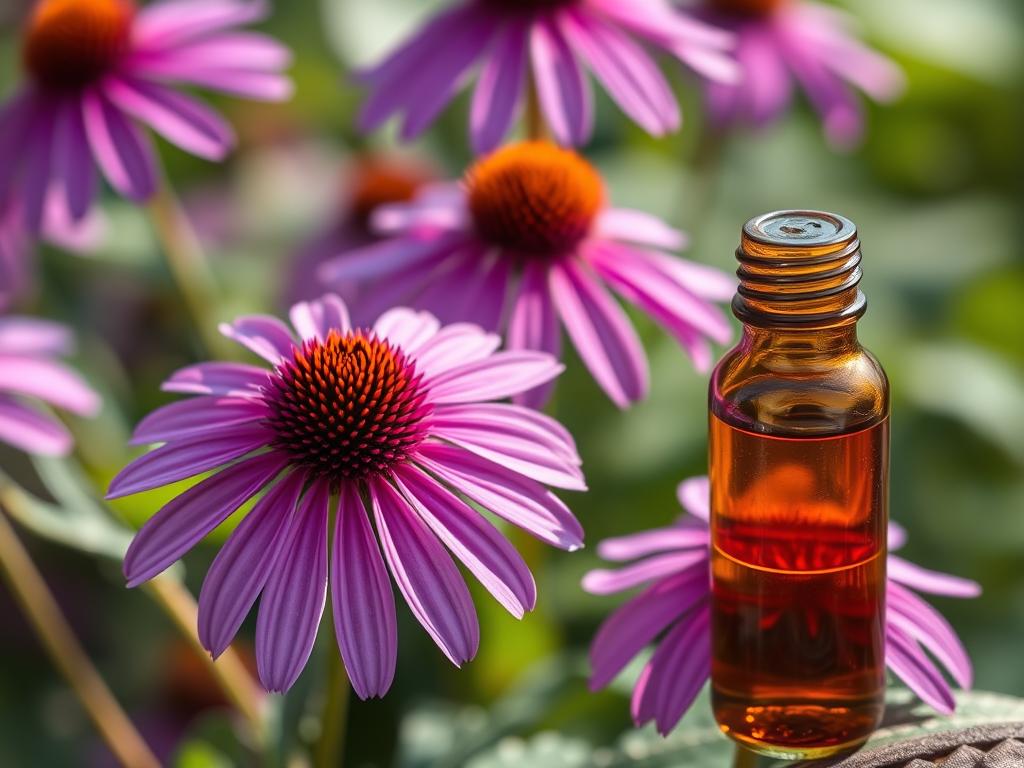
Native American healers have used echinacea for centuries to treat infections and wounds. Modern research confirms its antimicrobial and immune-stimulating properties. A 2022 article noted that echinacea has antibacterial effects against respiratory bacteria and may help prevent unnecessary antibiotic use.
Studies suggest echinacea may possess antiviral properties and could help treat respiratory tract infections in both children and adults. Its immune-modulating effects may help the body fight off infections more effectively.
How to use:
- Take echinacea as a tincture, following product directions (typically 2-3 ml, 2-3 times daily)
- Brew echinacea tea using dried herb (steep 1-2 teaspoons in hot water for 10-15 minutes)
- Use standardized extract capsules according to package directions
Echinacea is most effective when taken at the first sign of infection and used for no more than 10 consecutive days.
6. Turmeric
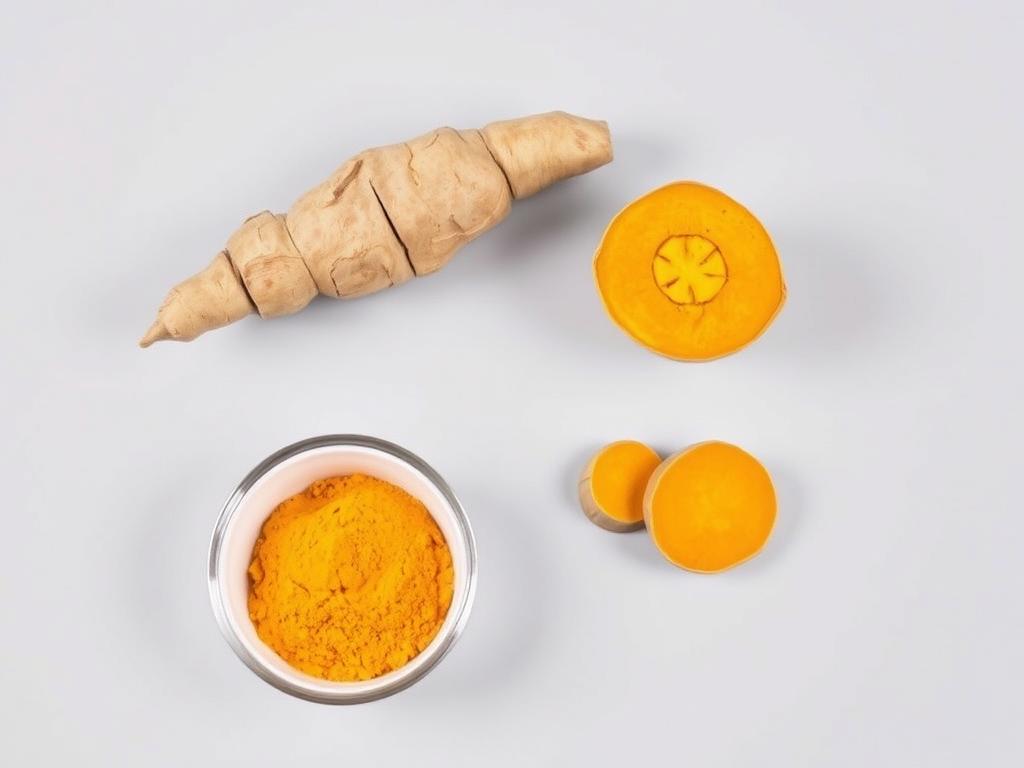
Turmeric contains curcumin, a compound with powerful anti-inflammatory, antioxidant, and antimicrobial properties. Research indicates that curcumin can inhibit the growth of various bacteria, fungi, and viruses. Its antibacterial effects work through multiple mechanisms, including disrupting bacterial cell membranes.
A 2020 study found that curcumin exhibits antimicrobial activity against a range of pathogens, including some antibiotic-resistant bacteria. Beyond fighting infections, turmeric’s anti-inflammatory properties may help reduce symptoms and support healing.
How to use:
- Combine 1 teaspoon of turmeric powder with warm milk and honey (golden milk)
- Add black pepper to turmeric preparations to enhance curcumin absorption
- Create a paste with turmeric powder and water for topical application to minor wounds
7. Thyme Essential Oil

Thyme essential oil contains thymol, a powerful antimicrobial compound effective against a wide range of bacteria. A 2011 study tested both lavender and thyme essential oils against over 120 bacterial strains, finding thyme oil to be significantly more effective as an antibacterial agent.
Research suggests thyme oil may be particularly effective against antibiotic-resistant bacteria. Its antimicrobial properties work by disrupting bacterial cell membranes and inhibiting essential cellular processes.
How to use:
- Dilute 2-3 drops in a carrier oil (1:1 ratio) for topical application
- Add to a diffuser to help clear respiratory infections
- Create a natural household cleaner by adding a few drops to vinegar and water
Thyme essential oil is for external use only. People with high blood pressure or hyperthyroid conditions should avoid using thyme oil.
8. Myrrh
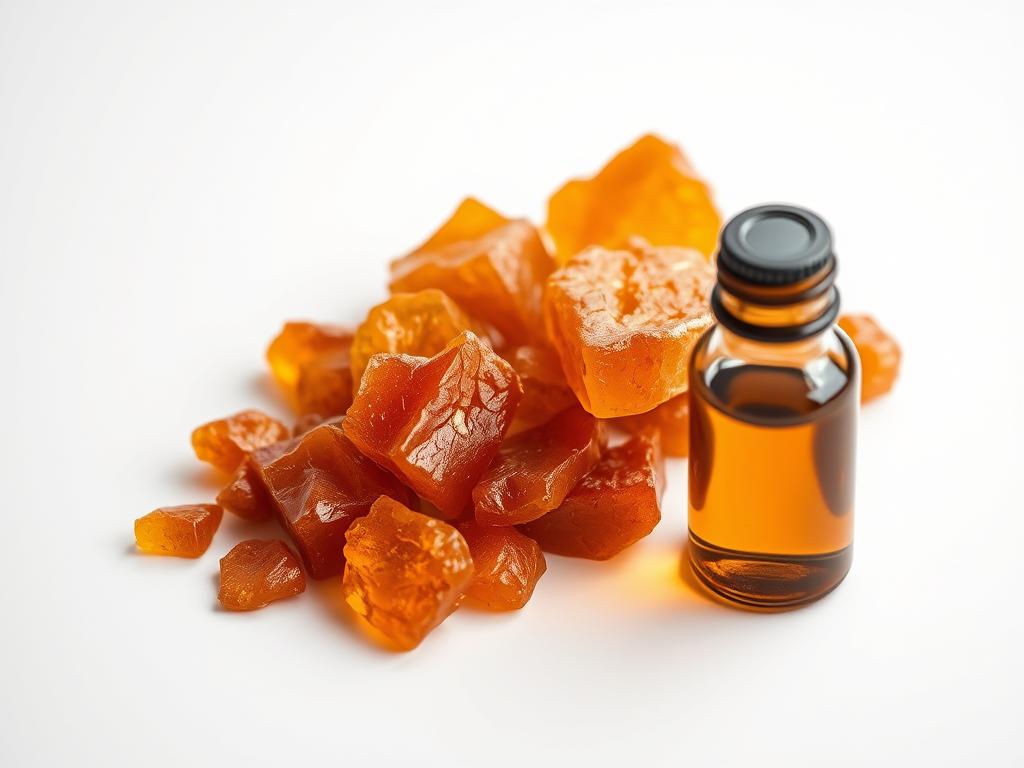
Myrrh has been used medicinally for thousands of years across many cultures. Modern research confirms its antimicrobial properties against various pathogens. A 2000 study found that myrrh extract effectively killed several common bacteria, including E. coli and Staphylococcus aureus.
A 2020 in vitro study discovered that myrrh oil can preferentially kill nongrowing bacteria without the organisms building resistance—significant because nongrowing bacteria tend to be more antibiotic-resistant than growing bacteria.
How to use:
- Use myrrh tincture as a mouthwash for oral infections (diluted according to product instructions)
- Apply diluted myrrh oil topically to minor skin infections
- Take myrrh supplements according to package directions
Myrrh may cause digestive upset when taken internally. Start with small amounts to test tolerance.
Comparison of Natural Antibiotic Remedies
| Remedy | Active Compounds | Best Use Cases | Precautions |
| Honey | Hydrogen peroxide, methylglyoxal | Wound healing, sore throat, respiratory infections | Not for infants under 12 months; may affect blood sugar |
| Garlic | Allicin, ajoenes, allyl sulfides | Respiratory infections, digestive issues, ear infections | May interact with blood thinners; can cause digestive upset |
| Oregano Oil | Carvacrol, thymol | Respiratory infections, fungal infections, digestive issues | Must be diluted; not for pregnant women; may interact with medications |
| Ginger | Gingerols, shogaols | Digestive infections, respiratory issues, oral bacteria | May interact with blood thinners and diabetes medications |
| Echinacea | Alkylamides, polysaccharides | Upper respiratory infections, immune support | Not recommended for autoimmune conditions; use cyclically |
| Turmeric | Curcumin | Inflammatory conditions, digestive issues, wound healing | May interact with blood thinners; can stain skin/surfaces |
| Thyme Oil | Thymol, carvacrol | Respiratory infections, skin infections | External use only; avoid with high blood pressure |
| Myrrh | Sesquiterpenes, terpenoids | Oral infections, skin wounds, digestive issues | May cause digestive upset; avoid in pregnancy |
Safety Tips When Using Natural Antibiotics

While natural antibiotics offer potential benefits, they should be used responsibly. Consider these important safety guidelines:
When to Consult a Healthcare Professional
- Before using natural remedies if you’re pregnant or nursing
- If you’re taking prescription medications
- For infections with severe symptoms (high fever, spreading redness, pus)
- If symptoms don’t improve within 48-72 hours
- For children, elderly, or immunocompromised individuals
General Precautions
- Start with small amounts to test for allergic reactions
- Follow recommended dosages and duration
- Use quality sources for herbs and essential oils
- Always dilute essential oils properly
- Store remedies properly to maintain potency
Important: Natural antibiotics are not a replacement for prescription antibiotics in cases of serious bacterial infections. Delaying appropriate medical treatment can lead to complications. When in doubt, seek professional medical advice.
Need Professional Guidance?
If you’re considering natural antibiotic remedies, it’s always best to consult with a healthcare provider who understands both conventional and natural approaches to health.
Potential Drug Interactions
Natural remedies can interact with prescription medications, sometimes reducing their effectiveness or causing adverse effects. Common interactions include:
| Natural Remedy | Potential Interactions |
| Garlic | Blood thinners (warfarin, aspirin), HIV medications, birth control pills |
| Turmeric | Blood thinners, diabetes medications, acid reducers |
| Echinacea | Immunosuppressants, some cancer drugs, liver-metabolized medications |
| Oregano Oil | Diabetes medications, blood thinners, lithium |
Always inform your healthcare provider about all supplements and natural remedies you’re taking, especially before surgery or when starting new medications.
Integrating Natural Antibiotics Into Your Health Routine
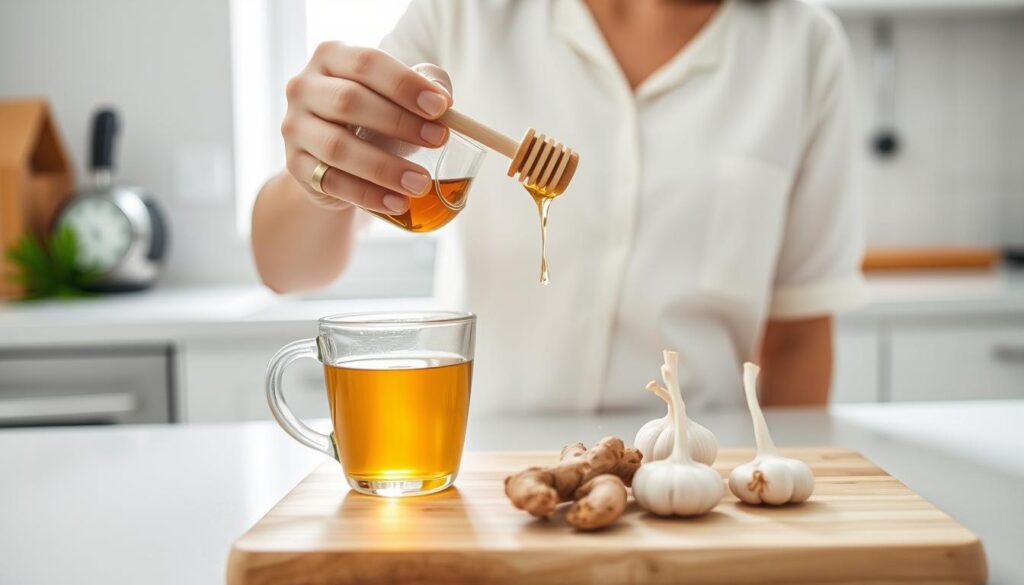
Incorporating natural antibiotics into your daily routine can support overall health and potentially help prevent infections. Here are practical ways to make these remedies part of your wellness practice:
Preventative Use
- Add raw garlic and ginger to daily meals
- Drink herbal teas with antimicrobial herbs
- Use honey as a natural sweetener
- Cook with antimicrobial herbs and spices
Acute Support
- Increase dosage at first signs of infection
- Combine compatible remedies for synergistic effects
- Apply topical remedies directly to affected areas
- Use more frequently but for limited duration
Lifestyle Integration
- Create a natural medicine cabinet at home
- Learn proper preparation techniques
- Keep a journal to track effectiveness
- Combine with adequate rest and hydration
“Let food be thy medicine and medicine be thy food.” This ancient wisdom from Hippocrates remains relevant today, especially when considering the antimicrobial properties of many common foods and herbs.
Conclusion
Natural antibiotic remedies offer promising alternatives and complements to conventional medicine for preventing and addressing certain infections. The scientific evidence supporting remedies like honey, garlic, oregano oil, and others continues to grow, validating traditional wisdom with modern research.
While these natural options can be valuable tools in your health arsenal, they should be used responsibly and with proper knowledge of their applications and limitations. Always prioritize safety by consulting healthcare professionals when needed, especially for serious infections or when using these remedies alongside prescription medications.
By thoughtfully integrating these natural antibiotic remedies into your wellness routine, you can take a more holistic approach to supporting your body’s natural defenses against infection while potentially reducing reliance on conventional antibiotics when appropriate.
Ready to Learn More?
Discover how to create your own natural medicine cabinet with quality ingredients and proper preparation techniques.
Frequently Asked Questions
What is the strongest natural antibiotic?
There is no single “strongest” natural antibiotic, as effectiveness depends on the specific bacteria and infection type. Garlic, oregano oil, and Manuka honey are among the most potent options with broad-spectrum activity. Often, combining compatible remedies can provide enhanced effects through synergistic action.
Can natural antibiotics replace prescription antibiotics?
Natural antibiotics should not replace prescription antibiotics for serious bacterial infections. They may be appropriate for minor infections or as preventative measures, but severe or progressing infections require medical attention. Natural remedies can sometimes complement conventional treatment when approved by your healthcare provider.
How long should I use natural antibiotics?
Usage duration varies by remedy and condition. Some remedies like echinacea work best when used cyclically (10 days on, 5 days off), while others like garlic can be used regularly as part of your diet. For acute conditions, most natural remedies should show some improvement within 2-3 days. If symptoms persist or worsen, consult a healthcare professional.
